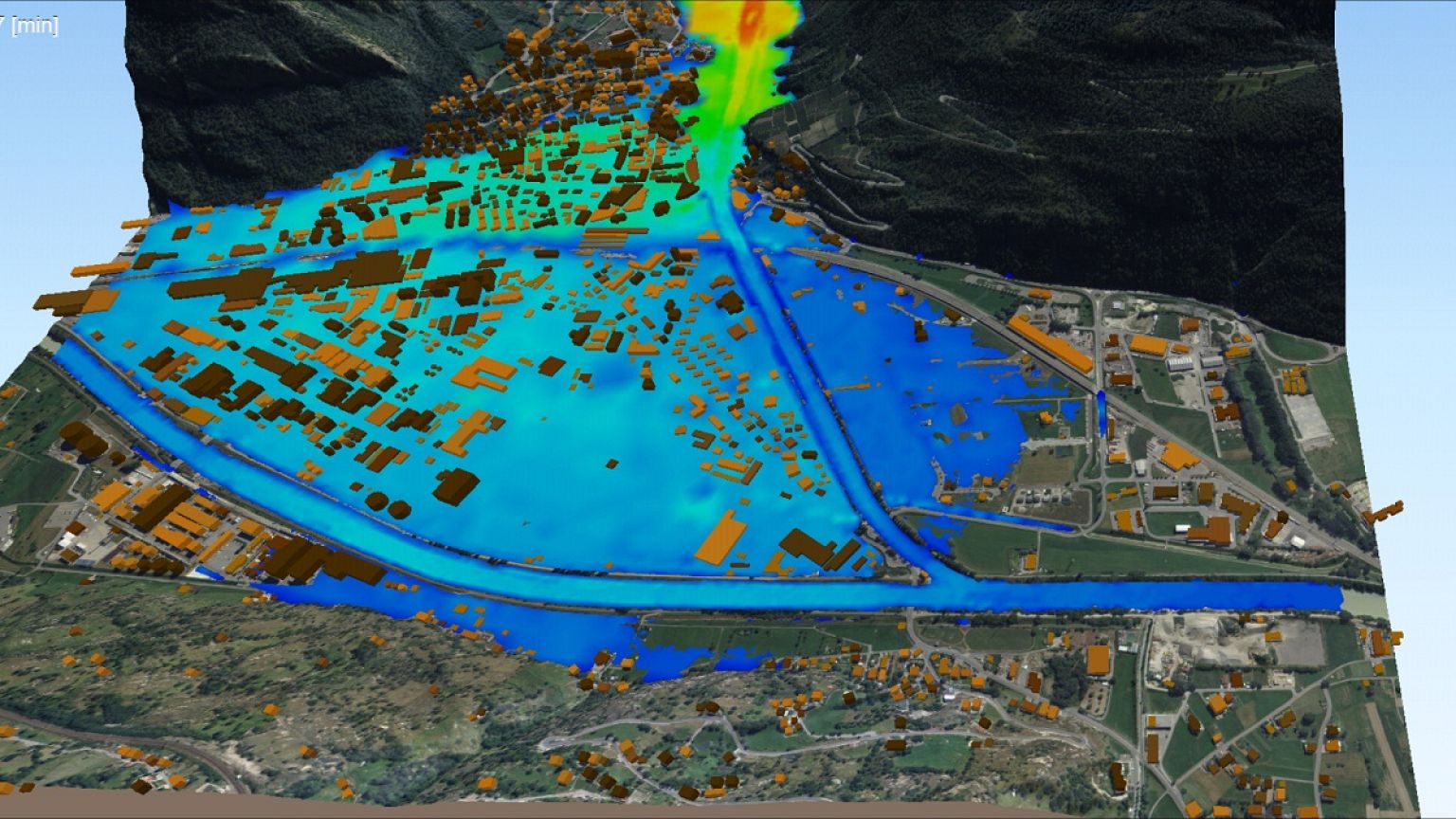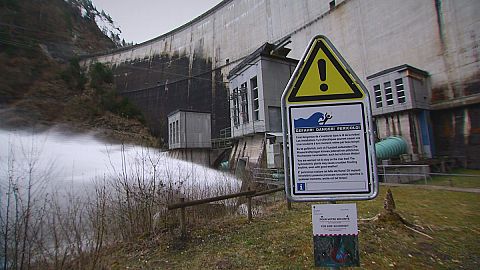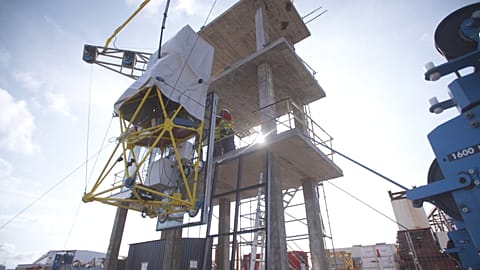Europe has a wealth of sensitive high-value facilities that could spell disaster if they failed in, say, an earthquake or flood. And what if both happened simultaneously? And vital equipment malfuncti
Dams are designed and built to withstand any natural disaster, but since Fukushima Europe’s researchers have been looking more closely into the risks for our vital installations.
Take a hydroelectric dam in Switzerland. It is 83 meters high and classed as “critical” infrastructure. In other words, it is essential for the proper functioning of society. It has been designed to be as safe as possible, with integrated security monitoring. This kind of large dam has never failed, but nonetheless zero risk does not exist.
“We try and ensure the structure can handle the load of any risk, but obviously a residual risk remains, even if we base tolerances on the biggest past events, there can always be one bigger,” says dambuilder Anton Schleiss at the Federal Polytechnic of Lausanne.
This residual risk is what is at the heart of the EU’s STREST research project. It is developing a range of innovative stress tests for different types of infrastructure, taking into account the knock-on effects resulting from extreme natural disasters.
“Any dam has one or more large sluices. If opened we can really withstand the probable high water mark of what we class as a deluge,” says Schleiss.
Anne Devineaux, euronews :
“But what would happen if this gate, an essential security feature, failed?”
“That could happen in the case of a major earthquake, say, followed by river flooding and a stuck gate. It’s typically these sorts of combinations the STREST project is looking at. What are the probabilities of this? What are the consequences?” says Schleiss.
The Fukushima nuclear tragedy has focused minds around the world on the consequences of great natural disasters. They are being taken into account more and more.
Arnaud Mignan is the STREST Project Manager at ETH in Zurich:
“The problem is that these events are extremely rare,
one-in-a-hundred or one-in-a-thousand year events, so even if we go back 100 years there was little infrastructure compared to today. Now we are extremely urbanised, all connected with gas, electricity and water, and all these systems are interdependent, and threatened.”
Beyond dams the methodology developed by the project should be applicable to other types of infrastructure such as refineries, industrial or port zones.
In the Hydraulic Engineering lab at Lausanne Polytechnic scientists have a collection of materials undergoing stress testing. But they need digital tools to simulate the most complex combined situations.
euronews:
“What’s special about digital simulations?”
“We don’t go into a lot of detail. We compared earthquakes, floods, internal erosion events like landslides, all at the same time, with repetitions. We simulate the system a million times, and then we can understand how this active system behaves under all these changes, which may not be extreme in themselves but when combined could spell disaster for our dams,” says Hydraulic Engineer at the Ecole Polytechnique Fédérale de Lausanne, José Pedro Matos.
It is far better to understand the risks to improve the finding and weeding out of potential dangers, than learning after a catastophic event.


















